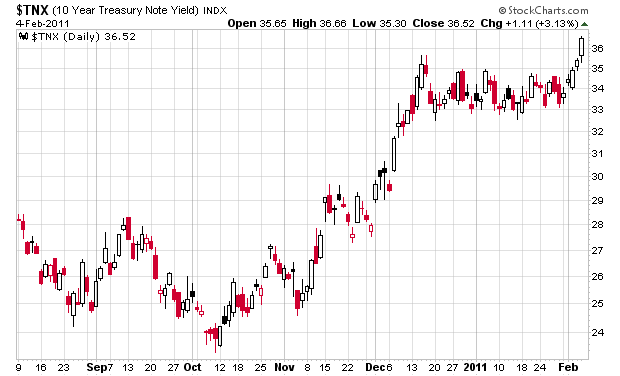Encana’s deal with PetroChina, where it sold a 50% interest for $5.4 billion dollars in their Cutbank Ridge property is likely a signal that management believes natural gas prices will remain depressed relative to the run-up experienced in the middle of 2008. The management of PetroChina likely disagrees or is trying to rapidly deploy capital even if they have to pay an expensive price in doing so.
Although the exact terms of the deal are not known, an injection of $5.4 billion in cash leaves Encana in a fairly unleveraged financial position – their total debt at the end of December 2010, net of cash is about US$6.5 billion. Encana will also be spending most of its operating cash flows on capital projects in 2011.
